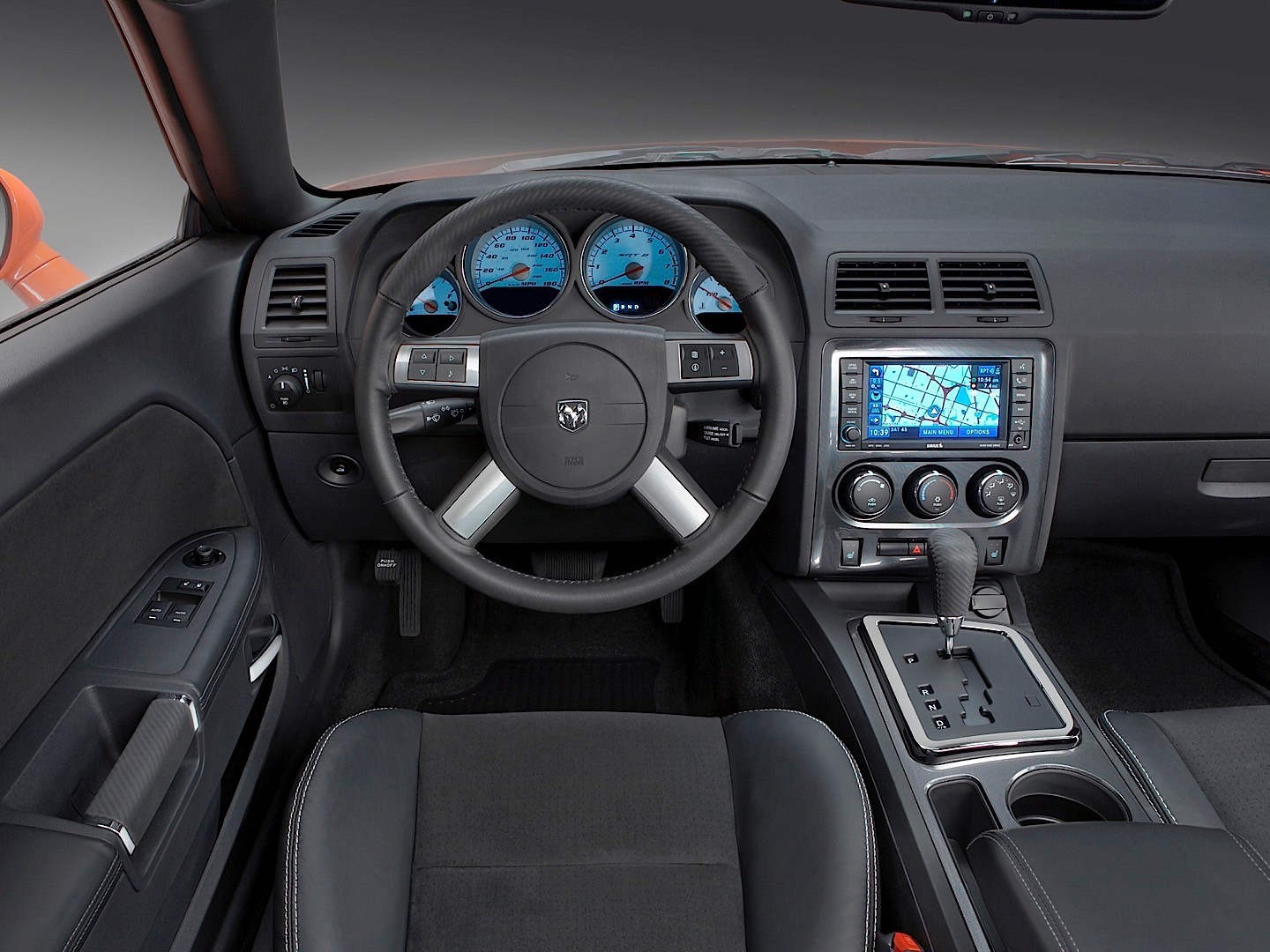The allure of the Dodge Challenger SRT8 is undeniable. With its aggressive stance, potent engine options, and a legacy steeped in muscle car culture, enthusiasts are naturally drawn to modifications and upgrades that can elevate performance. A common consideration among those embarking on a 392 engine swap is whether the radiator from the 2008 Challenger SRT8 can be repurposed for this upgrade. This question is not merely academic; it poses a playful challenge for many gearheads eager to maximize their build without incurring excessive costs.
Understanding the Compatibility
Before diving into the murky waters of compatibility, it’s vital to understand what your radiator does. The radiator’s primary function is to dissipate heat produced by the engine. As the heart of your vehicle, the engine’s size, power output, and performance modifications can directly influence the cooling requirements. Therefore, when contemplating the use of a 2008 radiator with the robust 392 power plant, one must examine the specifications.
The 2008 Challenger SRT8 comes equipped with a 6.1-liter HEMI V8 engine, whereas the 392 is a 6.4-liter variant. This additional displacement can mean a greater thermal load. It begs the questions: Will the 2008 radiator provide adequate cooling for the 392? Or are we courting potential overheating and mechanical failure?
Dimensions and Design Features
First, let’s scrutinize the fundamental dimensions of both radiators. The 2008 Challenger SRT8 radiator measures around 26 inches wide and includes adequate core thickness for most stock applications. In contrast, the radiators intended for the 392 may feature enhanced cooling capabilities, which typically include thicker cores, larger capacities, and improved airflow due to sidemount or top-mounted fans. Evaluating these differences will illuminate whether the radiator in question can handle the increased thermal demands.
Another noteworthy consideration is the design of the cooling tubes. The SRT8 radiators often showcase varying tube designs—some splayed, others straight. Higher-performance radiators incorporate deeper fin counts and more efficient laminar flow paths. Such features increase heat dissipation efficiency, something crucial for a performance build.
Flow and Mounting Considerations
Aside from the physical dimensions and design differences, pay special attention to the flow characteristics. The coolant flow rate is pivotal in maintaining optimal operating temperatures. You may also need to modify the hoses and mounting brackets during the swap process. Will the existing mounts suffice, or will additional fabrication be required for seamless installation? Are the inlet and outlet locations similar enough to avoid undue stress on the hoses? These are fundamental logistics to assess to ensure proper assembly.
Cooling Efficiency: Performance vs. Stock
When it comes down to the nitty-gritty of performance, consider how the efficiency of the 2008 radiator compares against upgraded options designed explicitly for the 392. As the horsepower increases, so do the demands on the cooling system. Stock components often deliver adequate performance, but many enthusiasts opt for high-performance aftermarket solutions that ensure more efficient cooling even under extreme conditions.
As you ponder the use of the older radiator, consider your intended use for the vehicle. Do you plan on cranking out higher horsepower figures, hitting the track frequently, or simply enjoying the weekend cruise? Each scenario requires a tailored approach to your cooling system strategy.
Potential Pitfalls and Considerations
Using a radiator that isn’t explicitly designed for your upgraded setup can pose several risks. Overheating is the most apparent threat, which may lead to catastrophic engine failure or compromised performance. An undersized radiator may struggle to keep temperatures in check, adversely affecting longevity and reliability.
Furthermore, the financial implications of such a decision must be considered. While the initial cost-saving in reusing parts may seem appealing, what is the price of potential engine damage? Or endless troubleshooting due to temperatures straying into dangerous zones? These factors can add up quickly and often outweigh the benefit of repurposing an older radiator.
Final Thoughts: A Decision Point
So, can you use a 2008 Challenger SRT8 radiator with a 392 swap? Technically, there may be a way to adapt it with some creativity and modifications. However, whether you should primarily hinges on performance expectations, vehicle usage, and long-term goals. In a world where muscle car aficionados frequently push boundaries, the gamble of using a seemingly compatible part poses a delightful conundrum that tests both skill and ingenuity.
Ultimately, the choice is yours—a blend of mechanical understanding and personal preference will guide you. If you’re leaning towards bolstering your Charger’s cooling system, investing in a specialized radiator engineered for the 392 swap could be the wisest decision. Remember, a challenge like this isn’t merely an engineering problem; it’s part of the creation of your dream car. So, take your time, do your homework, and enjoy the ride ahead!
